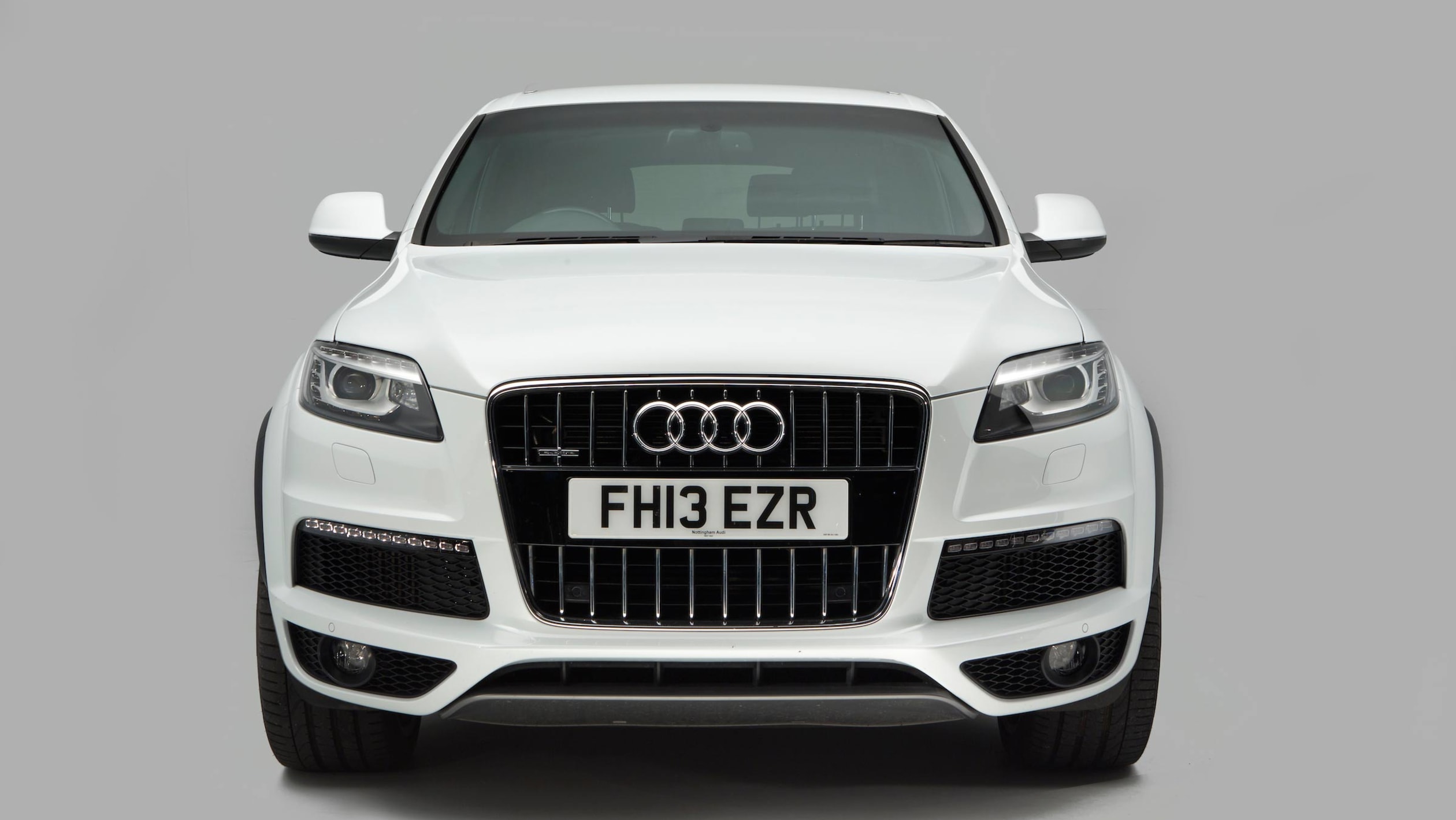The Audi Q7 is a marvel of automotive engineering, blending luxury, performance, and practicality into a single package. However, as is the case with many vehicles, not every model year has been created equally. If you’re navigating the used car market and have set your sights on this SUV, it’s imperative to tread carefully. There are certain years of the Audi Q7 you should avoid, for reasons that range from underwhelming performance to serious reliability issues. In this guide, we will delve into the intricacies of the Audi Q7, highlighting the specific model years that pose the greatest risk to prospective buyers.
The fascination with the Audi Q7 often stems from its elegant design, progressive technology, and the renowned Quattro all-wheel-drive system. However, lurking beneath the surface are years notorious for a plethora of mechanical and electrical gremlins. Before you embrace the elegance of the Q7, it’s worthwhile to dissect the years that have earned a less-than-stellar reputation.
The 2007 Audi Q7: The inaugural year of the Q7 was ambitious, entering a competitive market filled with established luxury SUVs. While many hailed its modern styling and spacious interior, several issues tarnished its debut. Owners have reported a variety of electrical problems, particularly with the vehicle’s navigation and entertainment systems. Additionally, the 2007 model faces criticism for subpar fuel efficiency, largely attributed to its hefty weight and inefficient engine options. If you’re considering a used Q7 from this year, be prepared for potential repairs, which can be both costly and time-consuming.
The 2008 Audi Q7: Unfortunately, the 2008 model did not stray far from its predecessor’s woes. It retained many of the same issues, with even more reports of unreliable electrical components. Notably, there were concerns about the air suspension system. This sophisticated feature, while enhancing ride quality, can be a financial burden if it fails. The overall reliability ratings for the 2008 Q7 trended downward, making it a year worth avoiding.
The 2009 Audi Q7: The pattern continues with the 2009 model. While some improvements were made, particularly in terms of performance, the issues with the electrical systems persisted. Buyers also reported problems with the transmission, particularly in vehicles that had seen rigorous use. Alongside the unsettling number of complaints, the overall maintenance costs for the 2009 model raised red flags for potential owners. A vehicle is not merely a mode of transportation; it should inspire confidence, not trepidation.
The 2010 Audi Q7: Audi attempted to remedy prior years’ shortcomings with the Q7’s 2010 iteration. However, lurking beneath its polished exterior were continuing complaints about electrical malfunctions, particularly with the vehicle’s safety systems. Instances of dashboard lights flickering and warnings activating without cause were common, leading to frustrating experiences for owners. Additionally, despite being equipped with powerful engine options, consumers noted that the promised fuel efficiency was elusive.
The 2011 Audi Q7: The 2011 model year brought refinement and a more robust engine lineup, but it bore the brunt of the previous years’ mechanical flaws. The electrical problems continued to plague the Q7, with many owners expressing their trepidation regarding the long-term reliability of their vehicles. Although the 2011 Q7 earned points for its comfortable ride and premium feel, the underlying issues cast a shadow over its desirability in the used market.
The 2012 Audi Q7: As you delve deeper into the Q7’s lineage, the 2012 model marks a turning point. Audi began addressing the concerns of its consumers, resulting in improved reliability ratings. Yet, potential buyers should remain cautious. While this model saw fewer reports of major issues, some users still reported troublesome air suspension systems. If you’re in the used market, thorough inspection and service history verification are paramount before considering a purchase.
The 2013 Audi Q7: This year marked a crucial improvement in terms of reliability and functionality. Owners generally report fewer issues, particularly with the vehicle’s electronics. However, caveat emptor is still applicable. Some buyers have faced challenges with the turbocharged engines, especially regarding turbocharger malfunctions. Comprehensive vehicle history checks are indispensable in discerning whether a specific unit has experienced major repairs or transmission replacements.
Beyond Model Years – The Bigger Picture: It’s vital to recognize that the Audi Q7’s issues are not solely confined to certain model years. As with any vehicle, the owner’s maintenance history, driving habits, and the conditions under which it was operated play significant roles in its long-term reliability. Thus, prospective buyers should prioritize vehicles with documented service records, highlighting routine maintenance, repairs, and inspections.
Additionally, forums and owner groups can provide valuable insight. Engaging in discussion with existing Q7 enthusiasts can illuminate lesser-known issues and best practices for ownership. Read reviews, check online resources, and always conduct a thorough pre-purchase inspection with a qualified mechanic to uncover potentially hidden problems.
In Conclusion: While the Audi Q7 stands as a testament to luxury and performance, the used car market holds its share of pitfalls. When considering a purchase, stay vigilant about the model years highlighted in this guide. Avoiding the 2007, 2008, 2009, 2010, and 2011 Q7s can save you from future financial headaches associated with maintenance and repairs. By arming yourself with knowledge and exercising due diligence, you can experience the allure of the Audi Q7 without the specter of buyer’s remorse.
